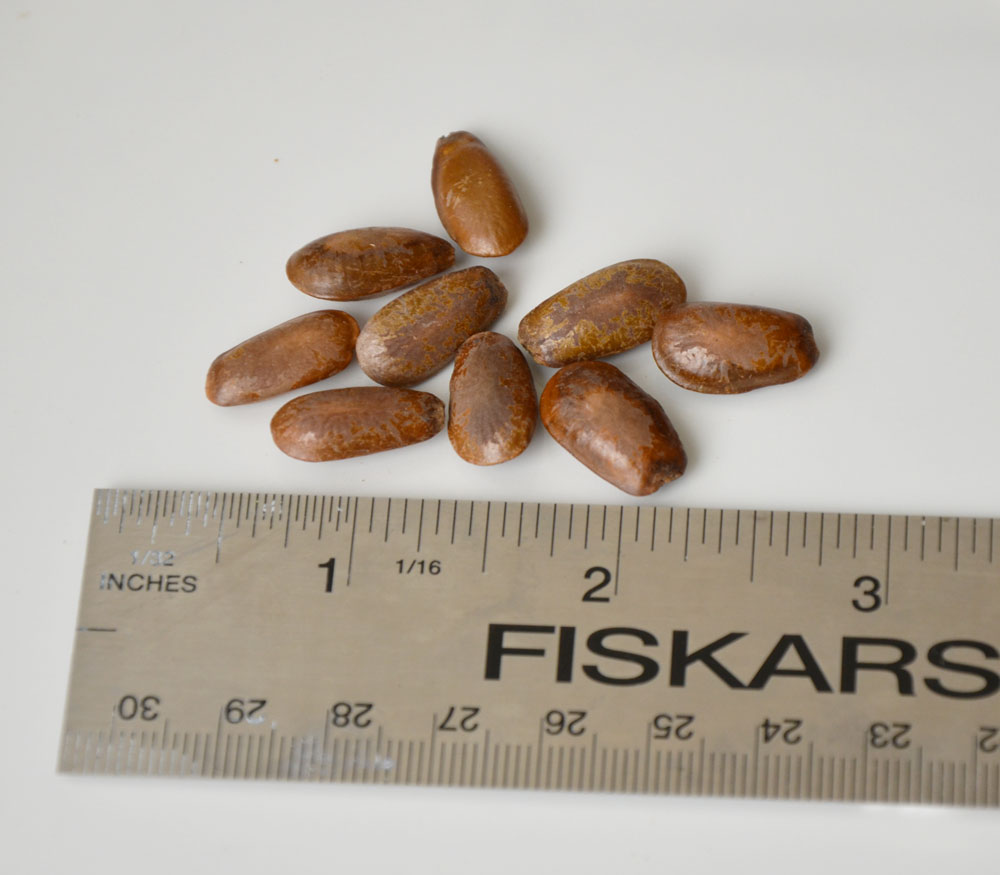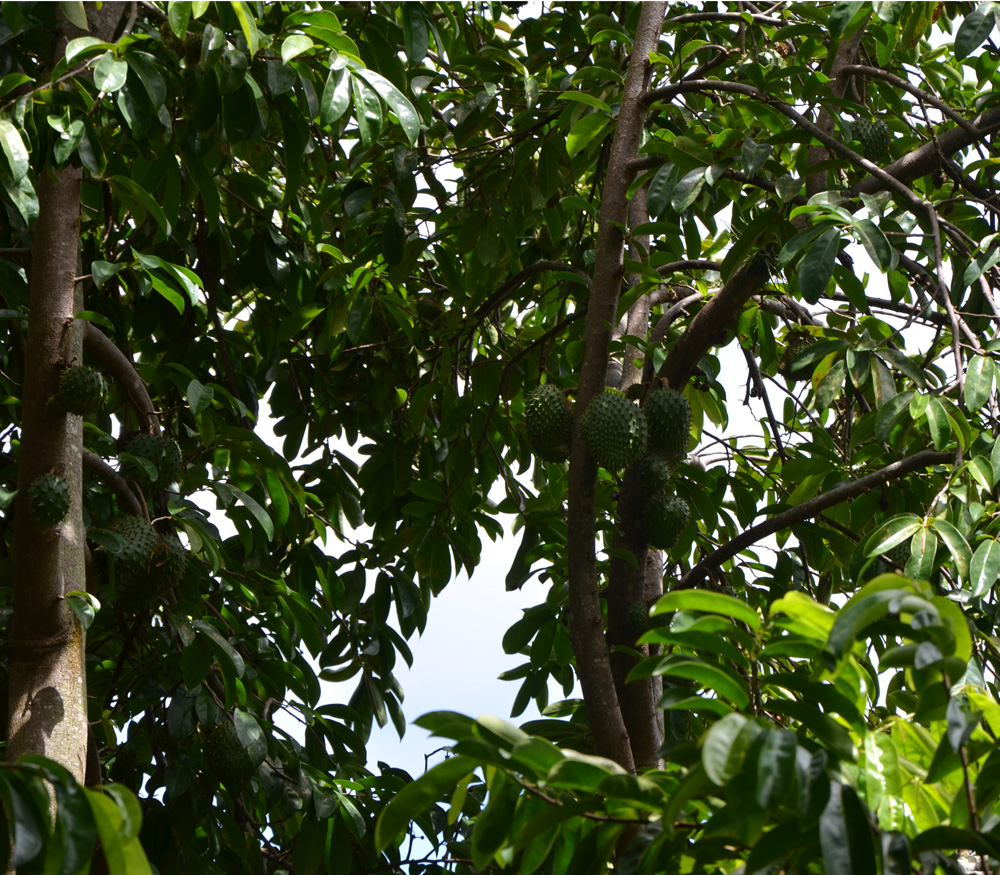- Home »
- Information »
- Soursop
Soursop
Annona muricata
A well-known fruit throughout much of the world, the soursop's delicious white pulp, with tones of fruit candy and smooth cream is commonplace in tropical markets, but is rarely found fresh anywhere else. Inside its thin, leathery, green flesh is a large mass of creamy pulp, usually intermixed with 50-100 black seeds.
Seed Availability
Seeds are now available at our seed store.
Description
Generally a small-medium tree to 8m/25ft.
Hardiness
Hardy to about 32F.
Growing Environment
Will not survive outside anywhere in the continental US except in Southern Florida, where it is grown commercially only to a limited extent. Soursop trees require much warmth and humidity, lots of water, and will be killed by temperatures below 32F/0C. In the tropics, soursops are grown from sea level to 1000m, particularly in humid regions where the tree grows particularly well. Soursop's cannot tolerate standing water, and its roots are shallow, so it does not require a very deep soil base.
Propagation
Despite many named cultivars, soursops are commonly grown from seed. Trees can also be propagated by grafting and budding methods. Grafting of cherimoya and sugar apple trees (and vice versa) onto soursop has thus far been unsuccessful. Soursop seeds can be stored for several months before planting. Germination of seeds usually takes three weeks, but under sub-optimal conditions can be delayed for up to 2-3 months. Seedlings of 6-9 month age are usually large enough to be set out in the field, or used as rootstocks for grafting.
Uses
The Soursop is usually processed into ice creams, sherbets and drinks, but fiber-free varieties are often eaten raw. The large, elongated, somewhat ovaloid fruit, can be up to 12" long and 6" wide and usually weighs several pounds. The fruit is covered in small knobby spines that easily break off when the fruit is ripe. The thin, inedible, leathery green skin cuts easily to yield the large mass of cream colored, fragrant, juicy, and somewhat fibrous, edible flesh. A typical soursop contains anywhere from 30-200 black-brown seeds, each about 1/2" long and 1/4" wide and enclosed in a separate "pocket" of flesh. There are known seedless varieties, but they are rare, and tend to have fibrous flesh. Soursop's are processed into excellent ice creams, sherbets and beverages throughout much of Central and South America. Sweet varieties of the fruit can be eaten raw, and are often used for dessert. Today, Soursop ice cream, marketed under its Spanish name "Guanabana," can be found in some gourmet supermarkets. Preserved soursop in syrup can also be found in many ethnic markets. The canned pulp can be pureed or blended in the home, and easily transformed into a delicious desert, although fresh pulp is more desirable. Immature soursops are often cooked, and eaten as a vegetable. The leaves and roots of the tree have various medicinal properties. Soursops are high in vitamins B1, B2 and C.
Native Range
Native to the West Indies, today the soursop has spread throughout the humid tropics and is widely grown commercially.
Additional Pictures
Related Species
| Annonaceae | |||
 |
Annona cacans Araticum Cagao |
 |
Annona cherimola Cherimoya |
 |
Annona cherimola x squamosa Atemoya |
 |
Annona cornifolia Annona cornifolia |
 |
Annona crassiflora Marolo |
 |
Annona diversifolia Ilama |
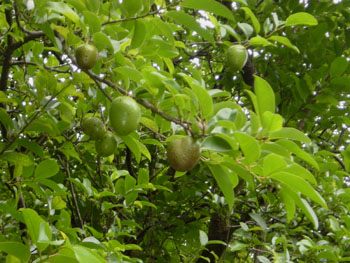 |
Annona glabra Pond Apple |
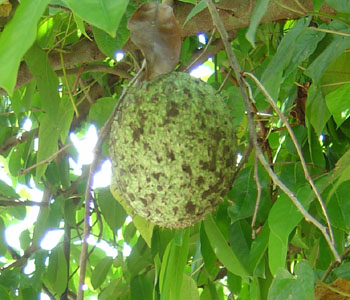 |
Annona montana Mountain Soursop |
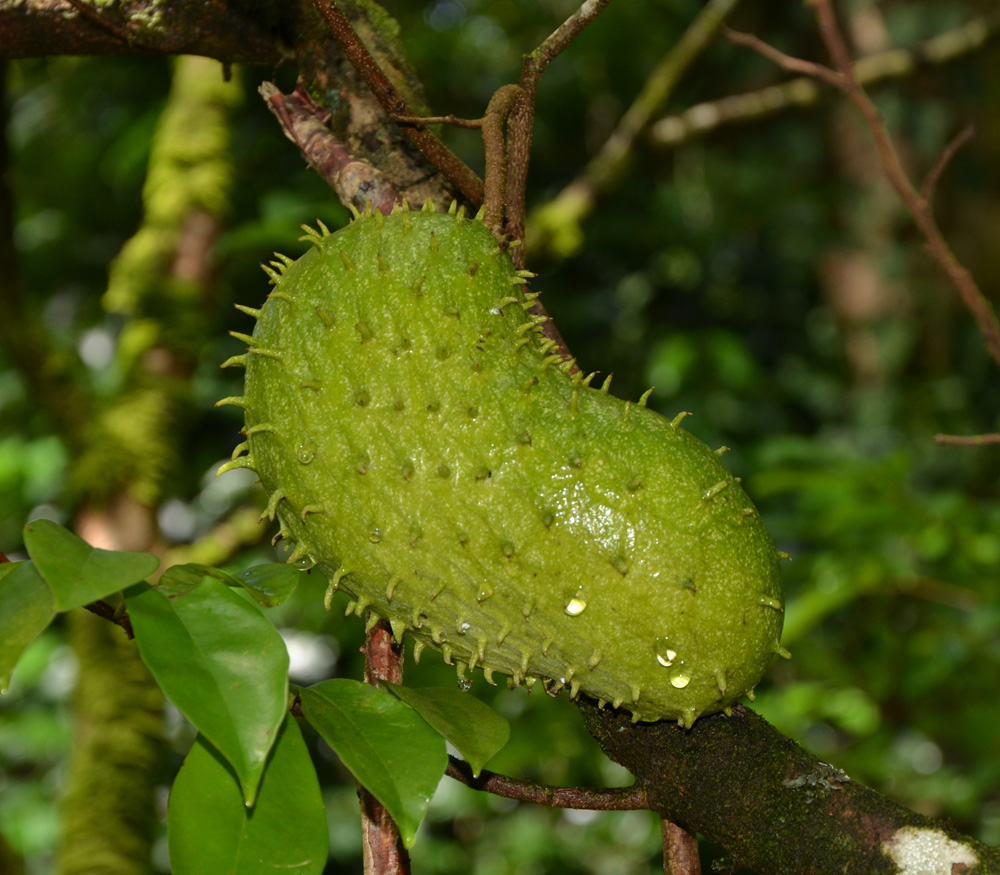 |
Annona muricata Soursop |
 |
Annona paludosa Annona paludosa |
 |
Annona purpurea Soncoya |
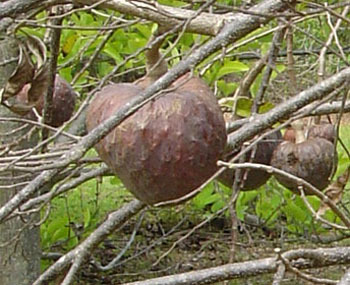 |
Annona reticulata Custard Apple |
 |
Annona salzmannii Beach Sugar Apple |
 |
Annona scleroderma Poshe-te |
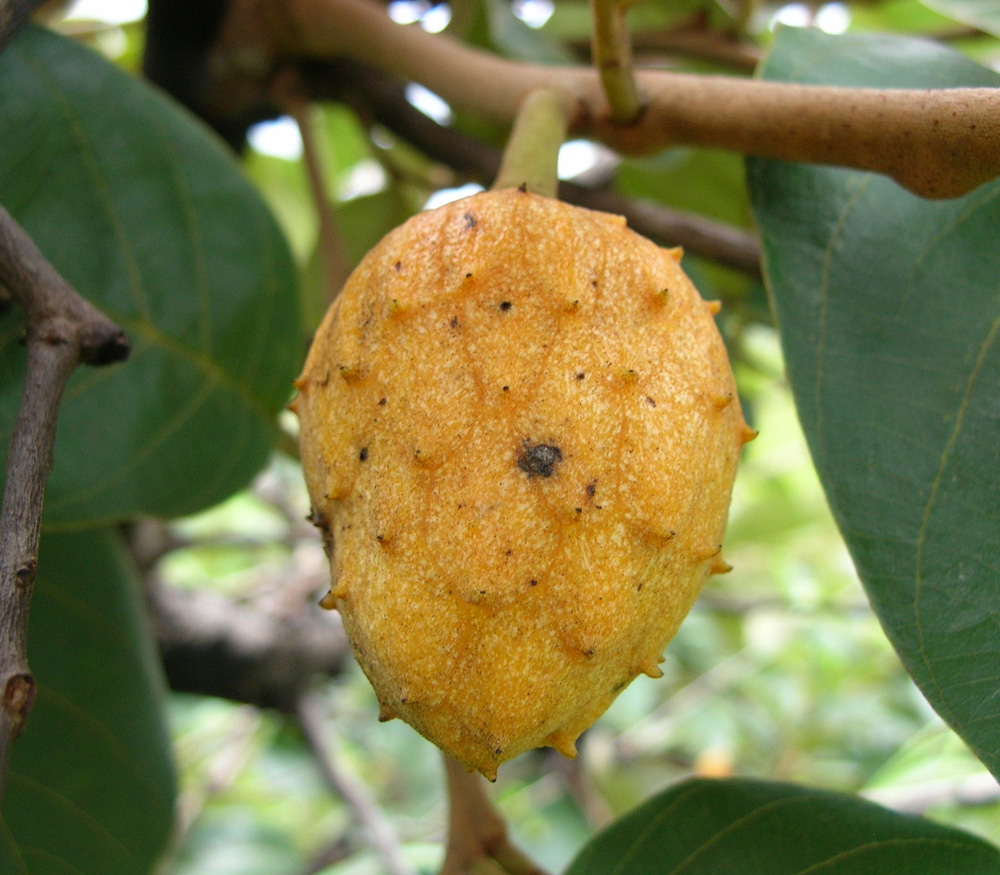 |
Annona senegalensis Wild Custard Apple |
 |
Annona sericea Annona sericea |
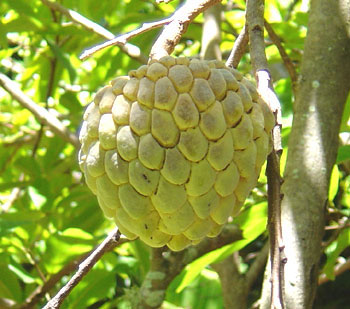 |
Annona squamosa Sugar Apple |
 |
Anonidium mannii Junglesop |
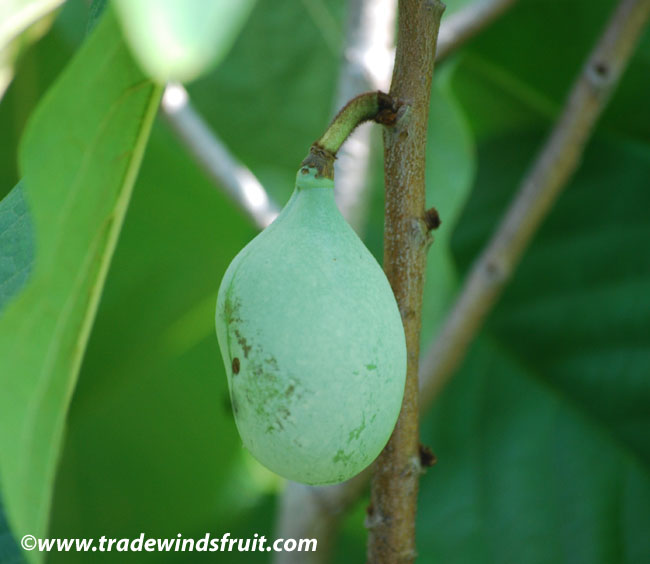 |
Asiminia triloba Pawpaw |
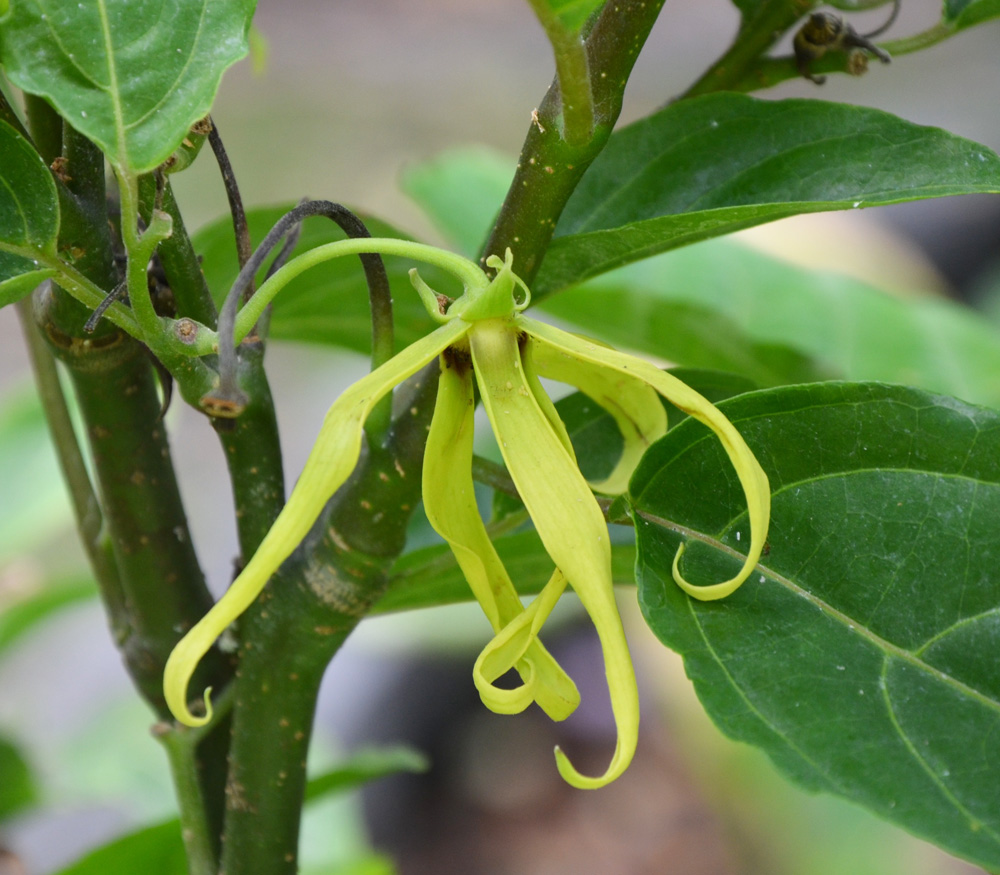 |
Cananga odorata Ylang Ylang |
 |
Duguetia lanceolata Pindaiba |
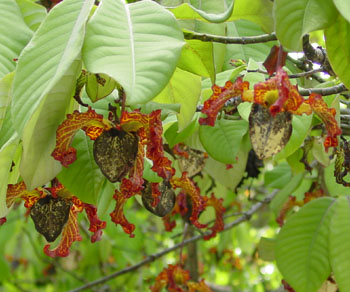 |
Monodora myristica Calabash Nutmeg |
 |
Porcelia macrocarpa Monkey Banana |
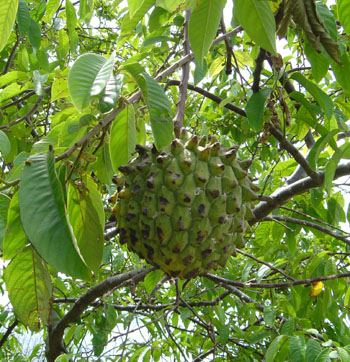 |
Rollinia deliciosa Biriba |
 |
Rollinia sylvatica Aractium do Mato |
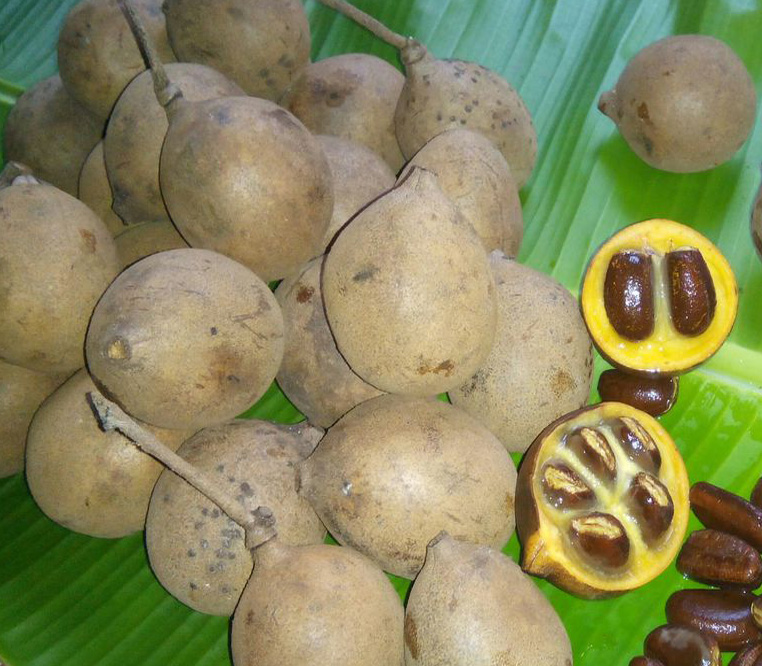 |
Stelechocarpus burahol Kepel |
 |
Xylopia aromatica Monkey Pepper |


